Hooded Eyes: Characteristics, Causes, And Practical Solutions
Eyes, the windows to our souls, come in various shapes and structures, each reflecting our uniqueness. Among them, hooded eyes stand out with their special appearance and potential impact on how we look.
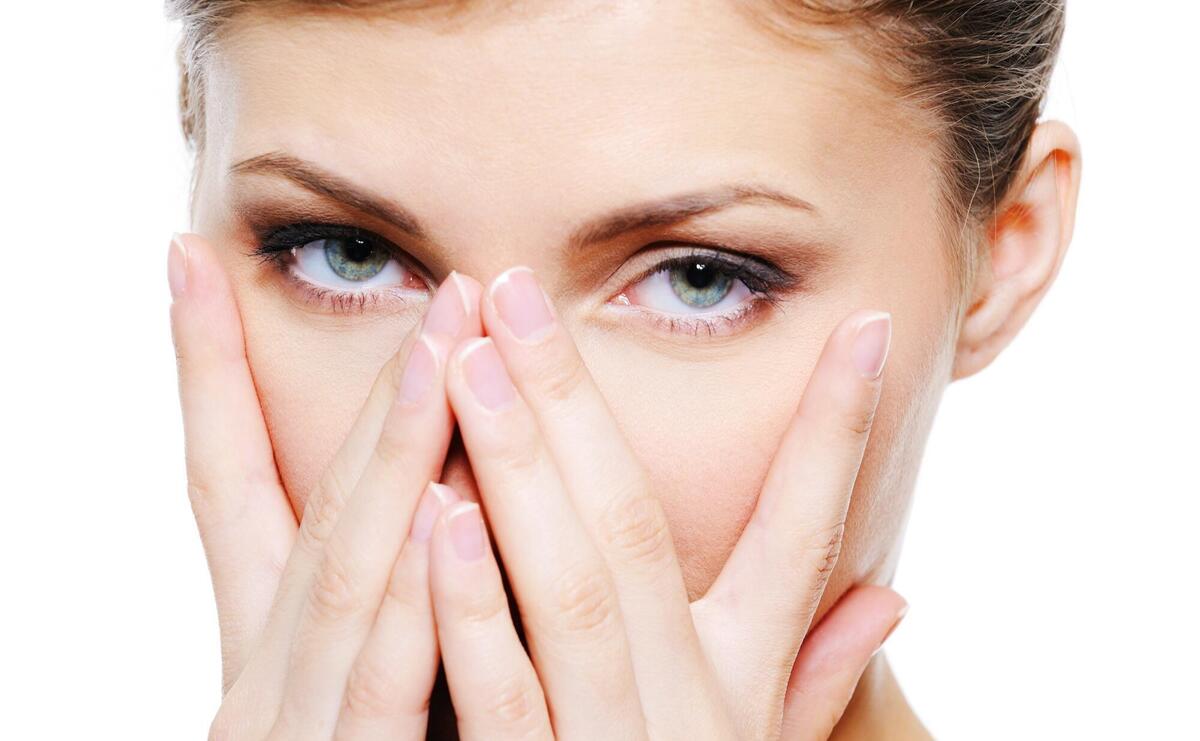
In this article, we'll dive into the details of hooded eyes - what defines them, their causes, treatments, and care. Exploring the world of ocular beauty and self-expression, we'll unravel the mysteries surrounding this captivating eye feature.
Short Summary
- Hooded eyes are characterized by the skin drooping over the upper eye crease, extending from the brow bone to the lash line.
- To determine if you possess hooded eyes, simply take a look. Gaze into a mirror and check if excess skin drapes over the upper eyelid or the crease is less noticeable. If you notice these characteristics, then you likely have hooded eyes.
- Hooded eyes can be attributed to factors such as genetics, the aging process, decreased skin elasticity, and the anatomy of the eyelids.
- Differentiate hooded eyes from excess skin and droopy eyelids for appropriate treatment.
- Cosmetic concerns, vision obstruction, dry eyes, and headaches may warrant exploring treatment options.
- Makeup techniques offer quick fixes. Non-surgical choices like eyelid tape and serums provide innovative alternatives. Surgery like blepharoplasty addresses more significant issues.
What Are Hooded Eyes?
Hooded eyes represent a particular eye shape where the upper eyelid is partially or fully covered by excess skin, causing it to droop over the natural crease. This unique eye structure can create a hooded appearance that may obscure the eyelid and, in some cases, the eyelashes. While some people have this eye shape at birth, others develop hooded eyes as they grow older due to changes in skin elasticity.
How to Determine If You Have Hooded Eyes?
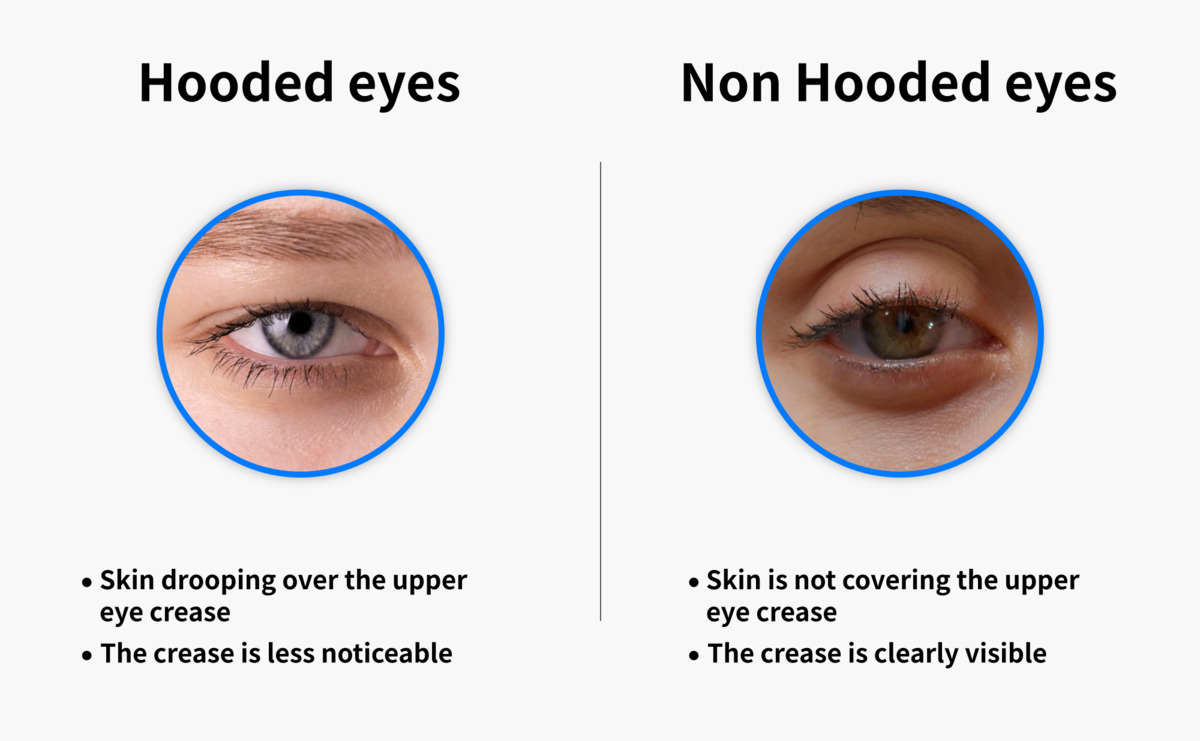
Determining if you have hooded eyes is quite simple. Start by looking in a mirror with your eyes open. If the fold of skin on your upper eyelid covers a significant portion of your eyelid, making it less visible, you likely have hooded eyes.
Additionally, when your eyes are open, and the crease isn't easily visible, it's another indication of hooded eyes.
Causes of Hooded Eyes
Genetic Predisposition
Hooded eyes often have a genetic basis, commonly inherited from parents. While genetics play a role, not everyone with hooded eyes passes this trait to their children.
Aging And Skin Elasticity
As we age, reduced collagen and elastin production lead to decreased skin elasticity. The fragile skin around the eyes is particularly susceptible, gradually resulting in hooded eyelids.
Upper Eyelid Crease And Anatomy
Anatomical factors like brow bone position and eyelid fold influence the presence of the upper eyelid crease. Hooded eyes may develop when excess skin accumulates, partially or fully covering the crease.
Differentiating Hooded Eyes
Hooded eyes often lead to confusion with other eyelid conditions. While excess skin and droopy eyelids may seem similar, they have distinct characteristics. Differentiating between these conditions is vital to tailor suitable treatments for each.
Hooded Eyes Vs. Excess Skin
Hooded eyes should not be confused with excess skin on the eyelids. Excess skin occurs when the skin on the upper eyelid sags and loses its elasticity. This can lead to a droopy, tired appearance. Hooded eyes, however, involve the brow bone's skin folding down, creating a distinct crease.
Hooded Eyes Vs. Droopy Eyelids
Droopy eyelids and hooded eyes have differences that are crucial to recognize. Droopy eyelids, known as ptosis, occur when the upper eyelid's muscle weakens, causing the lid to sag over the eye. Hooded eyes, on the other hand, are characterized by excess skin folding from the brow bone, giving a hooded appearance.
Understanding these differences between hooded eyes, droopy eyes, and excess skin empowers individuals to make well-informed decisions regarding treatments and care.
Is Treatment Required for Hooded Eyes?
Hooded eyelids are a natural occurrence often associated with aging and are typically not a major health concern. However, there are situations where seeking treatment might be worth considering:
Cosmetic Concerns: Hooded eyelids can transform the appearance of your eyes, potentially leading to an uneven, tired, or wrinkled look. If these changes impact your confidence and self-esteem, exploring cosmetic treatment options could be beneficial.
Impaired Vision: Drooping eyelids could obstruct your field of vision, causing blurriness by covering your pupils. If your hooded eyelids affect your ability to see clearly, consulting a plastic surgeon for potential treatments is wise.
Dry Eyes: Hooded upper eyelids may hinder proper moisturization of your eyes, leading to dryness and irritation. Seeking treatment could help maintain optimal eye moisture and alleviate discomfort.
Headaches: Extensive eyelid drooping might prompt increased squinting, straining the muscles around your eyes, and potentially triggering headaches. If you find yourself in this situation, considering treatment options could provide relief.
Practical Solutions And Treatment for Hooded Eyes
Makeup Techniques for Enhancing Hooded Eyes
Enhancing the beauty of hooded eyes through makeup involves strategic application and techniques that create the illusion of lifted lids, making your eyes appear more open. Consider the following tips:
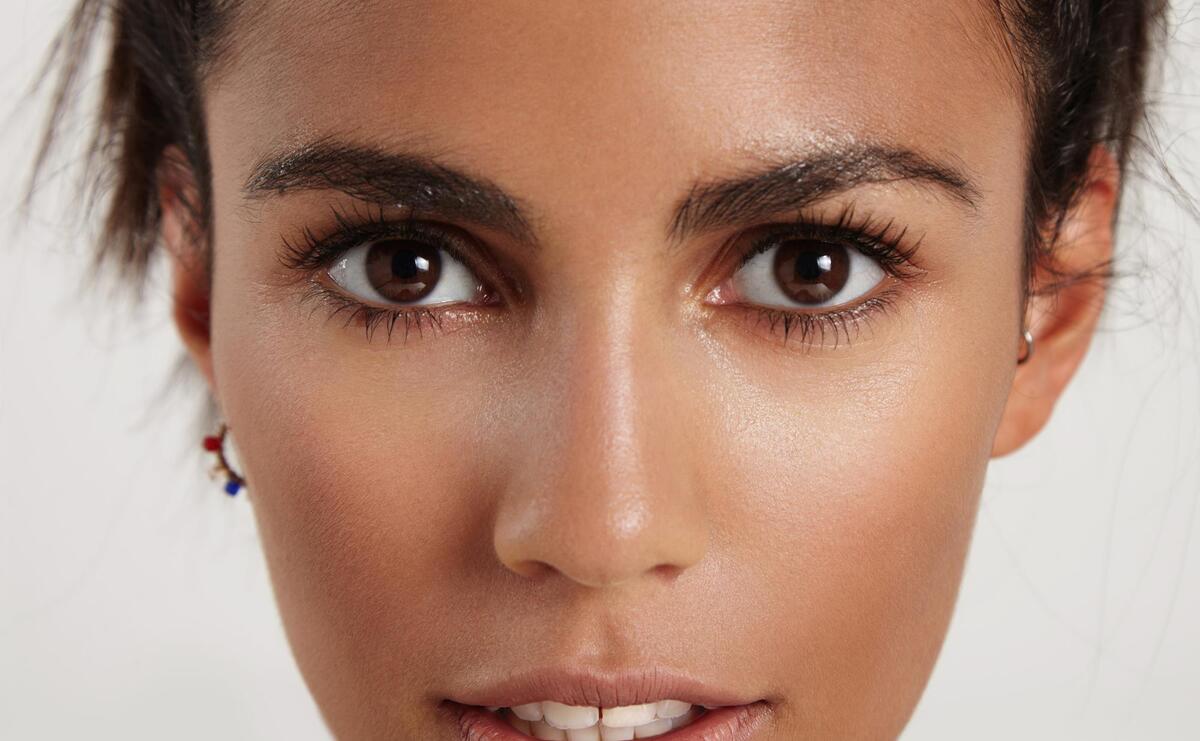
Eye Shadow Placement: Opt for lighter shades on the inner corners of your eyelids and gradually transition to darker shades toward the outer corners. This technique can create depth and dimension, defining your eyes.
Cut Crease Technique: Use eye shadow to create a 'cut crease' just above your natural crease line. This defines the crease and adds a lifted appearance to your eyes.
Eyeliner Styles: Experiment with different styles, like thin and winged eyeliner along the upper lash line. This draws attention upward and elongates your eyes.
Mascara Magic: Apply mascara to your upper and lower lashes to further open up your eyes. Curling your lashes before applying mascara can provide a more lifted look.
Highlighting: Apply a light, shimmery eyeshadow or highlighter on the brow bone and inner corners of your eyes. This adds brightness and draws attention.
Avoid Heavy Crease Coverage: Don't apply heavy eyeshadow directly on your hooded lid, as it can make the lid look more concealed. Focus on the crease and outer corners instead.
Mastering these makeup techniques can emphasize the natural beauty of your hooded eyes and achieve an eye-catching, vibrant look.
Non-surgical Options Like Eyelid Tape And Serums
For those exploring non-surgical alternatives to address hooded eyes, options such as eyelid tape, specialized serums, and injectable treatments offer innovative solutions that can help achieve an upper eyelid lift and enhance the overall appearance. Here's how these options work:
Eyelid Tape: Eyelid tape is a temporary and non-invasive solution that involves applying a thin strip of medical-grade tape to the upper eyelid. This tape creates a gentle fold, lifting the excess skin and creating a more defined crease. It's a quick and effective way to achieve a temporary eyelid lift without surgery. Eyelid tape is typically safe for most skin types and can be easily removed at the end of the day.
Serums: Specialized serums formulated with active ingredients like peptides and hyaluronic acid can be applied to the eyelid area. These serums work to hydrate and improve skin elasticity, potentially reducing the appearance of hooded eyelids over time. While serums may not provide immediate results like eyelid tape, consistent use can gradually improve skin firmness and texture.
Injectable Treatments: Injectable solutions such as Botox can be strategically administered by a qualified medical professional to target specific upper eyelid areas. Botox can relax the muscles that contribute to hooded eyelids, resulting in a lifted and more open appearance. This option offers a temporary solution and typically requires maintenance treatments to sustain the results.
Surgical Procedures Such as Blepharoplasty
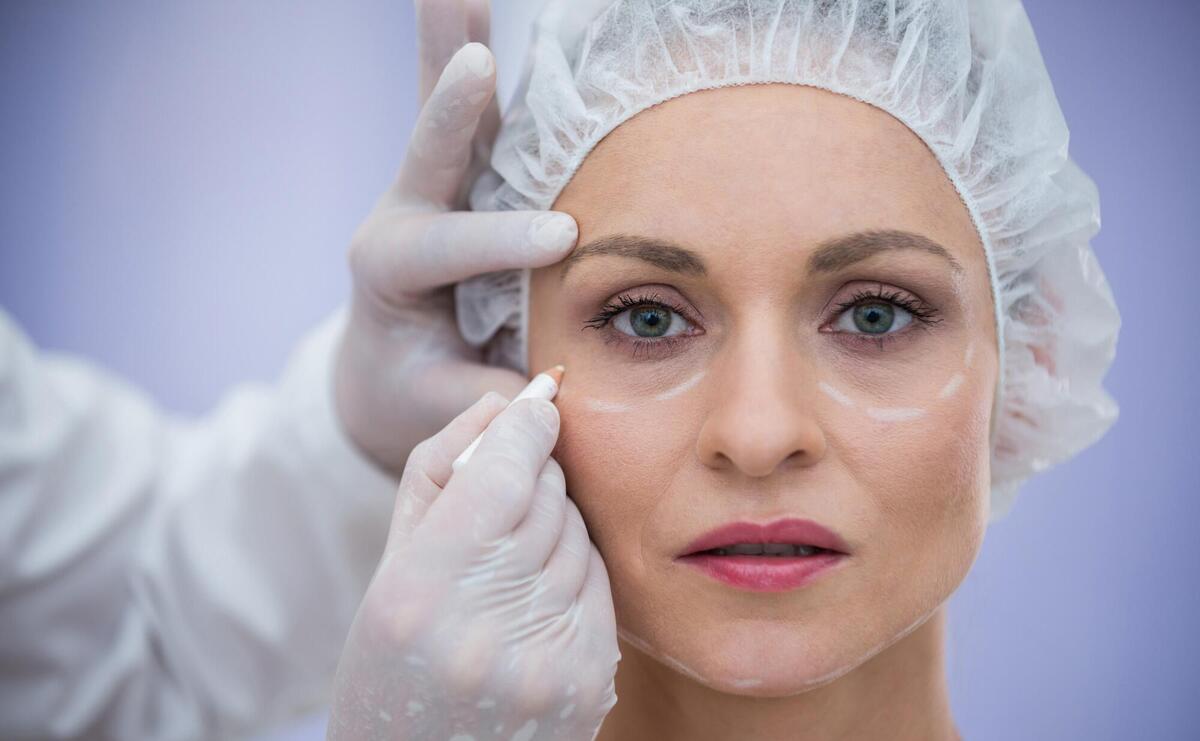
While natural and non-surgical treatments can help reduce puffiness and tired-looking eyes, they may not provide the optimal solution. Blepharoplasty, often referred to as upper eyelid surgery, presents a surgical approach to addressing hooded eyelids and revitalizing the eye area. This cosmetic procedure involves the meticulous removal of excess skin and, at times, fat from the upper and lower eyelids, resulting in notable enhancements in appearance and vision. Here's a closer look at how the procedure unfolds:
Upper Blepharoplasty:
- A precise incision is made along the natural upper eyelid crease.
- Skillful removal of excess fat and skin refines the eyelid's contour.
- Closure of the incision using fine sutures leads to a discreet scar that gradually fades.
Lower Blepharoplasty:
- Incisions are typically made along the lower lash line or inside, the lower eyelid (transconjunctival approach).
- Repositioning or removal of excess fat and skin reduces puffiness and contributes to a smoother under-eye area.
- Closure of incisions and strategic concealment ensure any visible scars are discreet.
It's important to recognize that blepharoplasty is a surgical procedure with potential risks and a recovery period. Consulting with a certified plastic surgeon or ophthalmologist is essential to ascertain your candidacy and discuss potential outcomes and the healing process. While surgical intervention yields noteworthy results, it's worthwhile to consider non-surgical alternatives based on preferences and goals.
Tips for Hooded Eyes Care
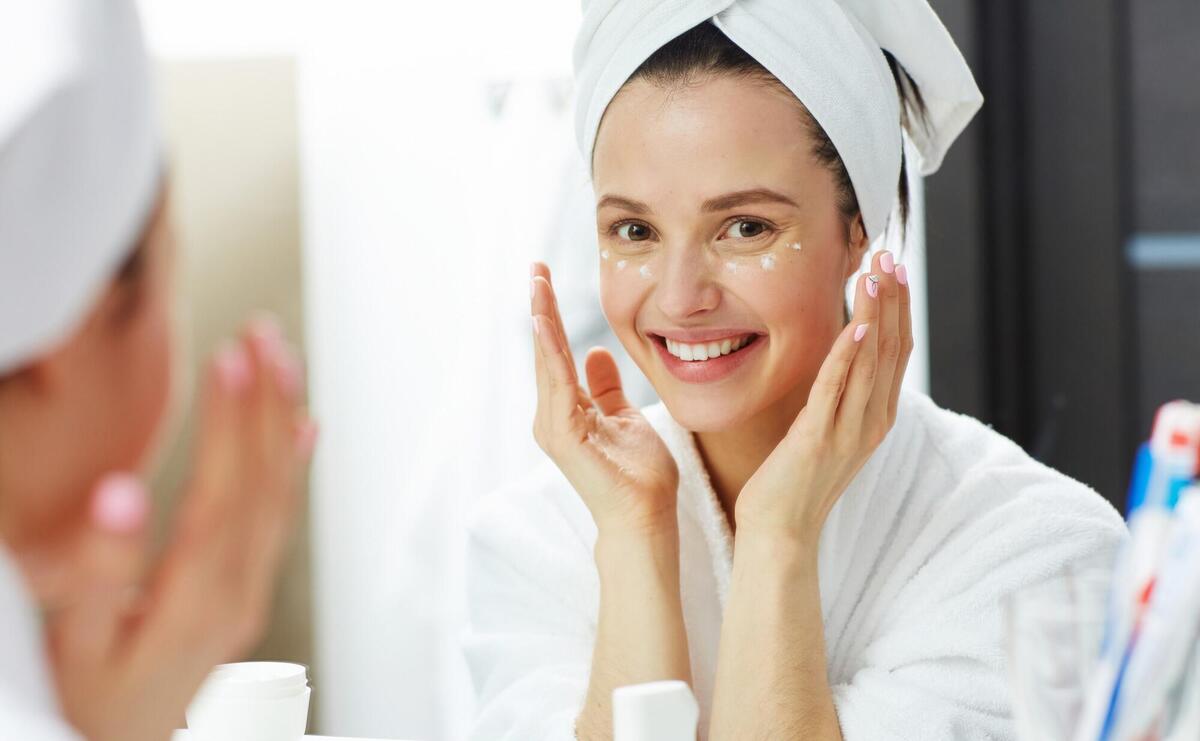
Routines to Promote Skin Elasticity
Skincare: Implement a dedicated skincare routine that focuses on promoting skin elasticity around the eyes. Opt for moisturizers and serums containing hyaluronic acid, collagen, and peptides to help maintain firmness and resilience.
Gentle Cleansing: Use a mild and gentle cleanser to remove makeup and impurities, avoiding harsh rubbing that can strain delicate skin. Consider using an eye-specific makeup remover to prevent excessive tugging on the eyelids.
Regular Moisturization: Keep the eyelid area well-moisturized with a suitable eye lift cream. Look for products that offer hydration without being heavy, as overly rich-creams can contribute to puffiness.
Eye Massage: Gently massage the eyelids using your fingertips to stimulate blood circulation and promote lymphatic drainage. This can help reduce puffiness and improve overall skin health.
Sun Protection: Shield your hooded eyelids from harmful UV rays by applying a broad-spectrum sunscreen with at least SPF 30. Sunglasses can also provide an extra layer of protection against sun-induced aging.
Lifestyle Changes to Minimize Hooded Eyelid Appearance
Healthy Sleep Habits: Ensure you sleep well each night to prevent fluid retention and reduce puffiness around the eyes. Sleeping on your back with an elevated pillow can help minimize the accumulation of fluids.
Diet: Maintain a balanced diet with fruits, veggies, and whole grains. Opt for antioxidant-rich foods like vitamins A, C, and E, plus omega-3 fatty acids to nourish and boost skin health—lower sodium intake to reduce puffiness.
Alcohol and Smoking: Cut back on alcohol consumption and avoid smoking, as these habits can contribute to skin dehydration and premature aging, potentially exacerbating hooded eyelid appearance.
Stress Management: Practice stress-reduction techniques such as meditation, deep breathing, or yoga to promote overall skin health and prevent stress-related aging.
Eye-Friendly Makeup: Opt for lightweight, hypoallergenic makeup products that won't weigh down your eyelids. Removing makeup before sleep is crucial to prevent irritation and inflammation.
Regular Exercise: Engage in regular physical activity to enhance blood circulation and support overall skin health. Activities like yoga and facial exercises can specifically target the eye area.
Stay Hydrated: Drink sufficient water to maintain skin hydration and elasticity. Proper hydration can help prevent sagging and maintain the youthful appearance of the eyelids.
Proper Eyewear: If you require prescription glasses or contact lenses, ensure your prescription is up to date. Straining to see can lead to squinting, which may contribute to the development of hooded eyelids.
Incorporating these skincare practices and lifestyle adjustments can work harmoniously to enhance your hooded eyelids' well-being and vibrancy. Doing so can achieve a more youthful and rejuvenated appearance, effectively minimizing the prominence of hooded eyes.
Do Hooded Eyelids Have a Higher Prevalence Among Specific Ethnicities?
Hooded eyelids can be found in various ethnic groups, and their prevalence can vary. Genetic and anatomical factors impact hooded eyelid formation. While not limited to any single ethnicity, studies suggest differences in prevalence. For instance, hooded eyes tend to be more common, especially among individuals of East Asian descent who often show this eye shape more frequently. Valuing the array of eye shapes nurtures a deeper appreciation for the diverse beauty within different ethnicities, showcasing the allure across various groups.
Conclusion
Our exploration of hooded eyes reveals a world of diverse beauty. We've looked at their unique appearance, causes, treatments, and care.
There are ways to enhance hooded eyes, from makeup tricks to non-surgical choices and surgery. By noticing how they vary in different ethnicities, we celebrate the wonderful diversity of people. Hooded eyes remind us that beauty is diverse, and by embracing these differences, we weave a story of self-expression and unity.
Frequently Asked Questions
What Does It Mean to Have Hooded Eyes?
Hooded eyes occur when extra skin hangs down from the brow bone to the lash line, sometimes covering the eyelid crease. This feature is inherited and completely normal, not just cosmetically.
What Is the Crease of an Eye?
The crease of an eye, also called the eyelid crease, is the natural fold on the upper eyelid where the skin meets the movable part of the eyelid. It plays a role in eye aesthetics and makeup application, and its presence varies among individuals.
Are Hooded Eyes Attractive?
Hooded eyes are a beautifully natural eye shape that holds no need for concern. This unique trait is shared by many from birth and is often admired for its distinctive allure. In fact, the allure of hooded eyes is celebrated by many, highlighting their charm and elegance.